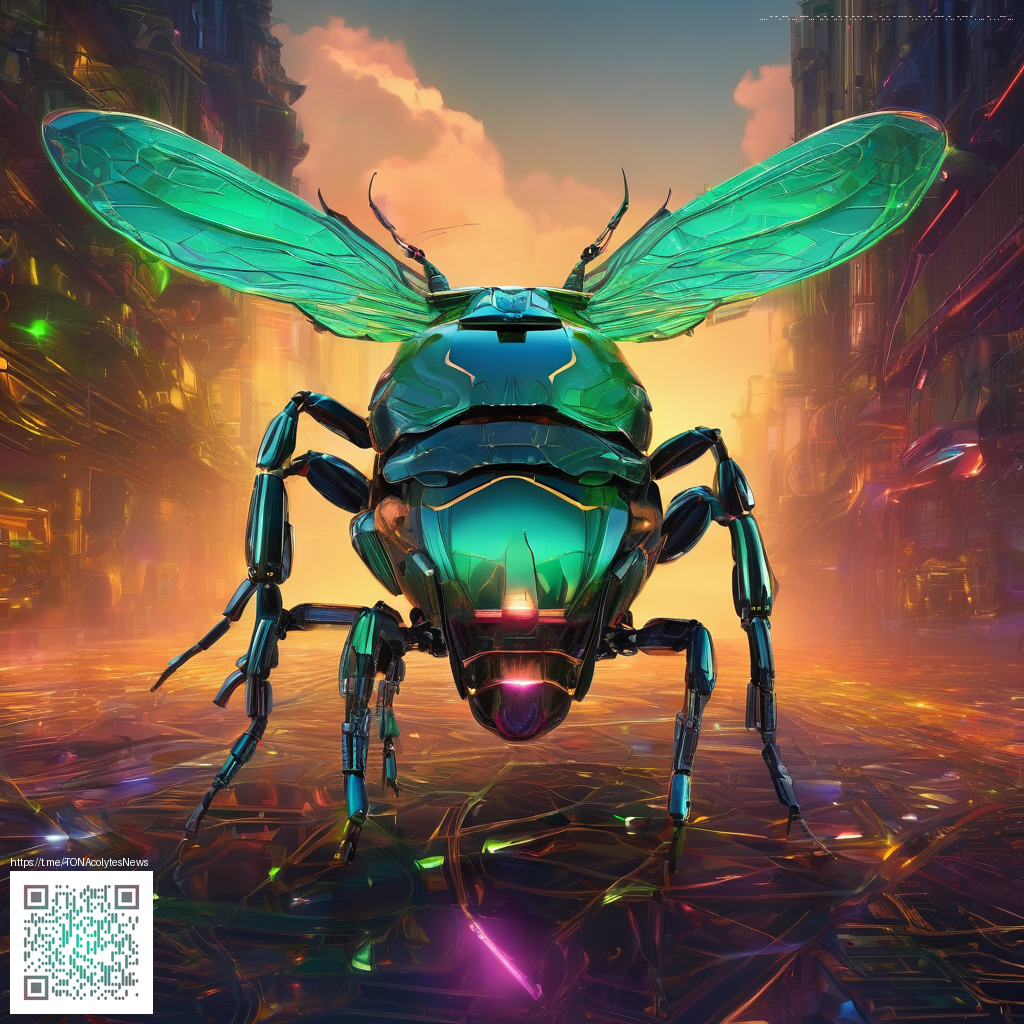
Exploring the hybrid future of digital stationery and paper crafting
Across studios and home offices, creators are redefining what it means to jot, sketch, and assemble. Digital stationery—think smart templates, cloud-synced mood boards, and AI-assisted layouts—meets tactile paper crafts in formats that feel both familiar and fresh. The trend isn’t about replacing paper; it’s about augmenting it. Designers, illustrators, and hobbyists are learning to blend the immediacy of a pen with the precision of a tablet, crafting workflows that save time while preserving the joy of hands-on making.
“The strongest work today comes from teams and individuals who treat digital and physical tools as a single toolkit, not as competing factions.”
From printable planners that auto-adjust to your schedule to digital cutters that translate your sketches into precise cuts, the ecosystem is growing in breadth and depth. The ongoing shift is less about new gadgets and more about new habits: modular templates that can be customized in seconds, cloud-stored design libraries, and collaborative spaces where communities share textures, color palettes, and cut files. If you’re curious how to navigate this landscape, a recent roundup at the ecosystem of digital paper crafts provides a useful snapshot of the conversations shaping the field.
Key trends to watch
- Hybrid workflows that pair digital layouts with tactile execution, letting creators draft in the cloud and finalize by hand or with a cutting machine.
- AI-assisted design tools that suggest layouts, color schemes, and typography, speeding up experimentation without sacrificing personal style.
- Sustainability in materials and processes, with emphasis on refillable notebooks, recyclable inks, and digital templates that reduce waste.
- Cross-device ecosystems where apps, printers, and cutters talk to each other, enabling seamless transitions from idea to artifact.
- Community-driven content—shared textures, brush presets, and tutorial libraries that help beginners level up and seasoned creators discover new directions.
Practical tips for makers navigating the shift
- Start with a simple digital-to-physical workflow: design a layout on a tablet, print a test page, and adjust before committing to a final run. This reduces material waste and accelerates iteration.
- Maintain brand consistency by building a small library of reusable templates—headers, margins, and color swatches that can be tweaked without starting from scratch.
- Incorporate notes and reminders into your planning stage. If you’re juggling multiple projects, a hybrid system helps you capture fleeting ideas digitally and then bring them into the physical world with clarity.
- Invest in a compact accessory kit that travels with you. For example, a phone case with card holder can keep essentials accessible while you sketch or photograph your latest paper craft project; see the product listing for a practical option on the go: Phone Case with Card Holder MagSafe Compatible Slim Polycarbonate.
- Curate your own creative brief: a one-page document that outlines your goals, preferred tools, and the look you want to achieve. This keeps your workflow focused as you explore new digital-physical hybrids.
Designing for today’s desk—and beyond
As tools become more capable, the lines between drafting, illustrating, and assembling blur. Desktop design apps now offer live collaboration, while handheld devices provide the immediacy of sketching with tactile feedback. The bloom of this hybrid approach benefits educational settings, small studios, and solo creators alike—anyone who loves the ritual of crafting but also wants to leverage the speed and precision of digital tools. In practice, this means concise, delightful products and processes that honor both the texture of paper and the cleanliness of a well-organized digital workspace.
To stay ahead, embrace flexibility. Try alternating your sessions between a black notebook for analog notes and a tablet for quick mockups. You’ll find that your ideas often gain momentum when you give them both a page and a screen to inhabit. The future of digital stationery and paper crafting isn’t a convergence so much as a conversation—one in which materials, software, and people keep asking better questions and sharing better solutions.
Product spotlight
For creators who value portability and organization, consider a sleek on-the-go solution to complement your craft time. The practical choice is the Phone Case with Card Holder MagSafe Compatible Slim Polycarbonate, a compact accessory designed to simplify daily tasks while keeping your essentials within reach.